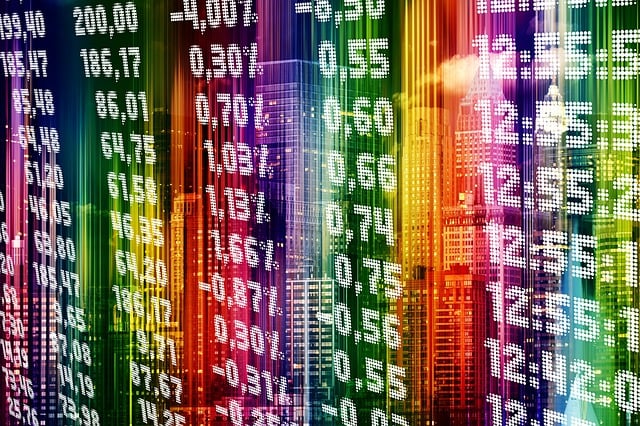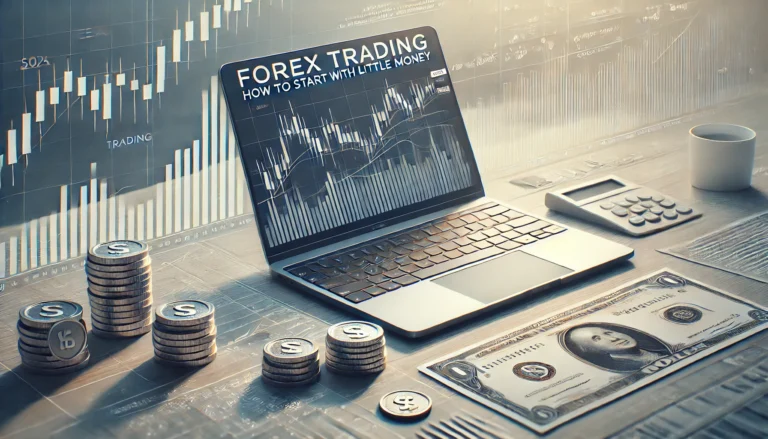Definition & Introduction of Forex Trading
Expanding on the engaging introduction to Forex trading for beginners, this comprehensive guide aims to educate you about the Forex market and trading fundamentals in an enjoyable and informative manner. Unlike the often fragmented and tedious information available online, this course is crafted to make your learning journey both enjoyable and enlightening.
Forex Trading Unveiled
At the heart of the global financial system lies the Forex market, a dynamic arena where currencies are exchanged and speculated upon. Known by various names such as the FX market, Currency market, or Foreign exchange currency market, it stands as the world’s largest and most fluid market, boasting an average daily turnover of a staggering $3.98 trillion.
Operating round the clock, five days a week, the Forex market’s nerve centers are spread across the globe in cities like London, New York, Tokyo, and Sydney, among others. Distinct from stock markets, the Forex market lacks a centralized exchange, with trading conducted ‘over the counter’. This decentralized nature means prices vary across different banks, with brokers aggregating these prices to provide an average rate to traders.
A Glimpse into Forex History
Delving into the Forex market’s history, we start in 1876 with the gold exchange standard, a policy aimed at stabilizing global currencies by anchoring them to gold. Despite its initial promise, the system faltered, leading to its abandonment around World War 2 as European powers struggled to back the burgeoning currency supply with gold. This period marked the beginning of the end for the gold standard, setting the stage for the Bretton Woods System in 1944, which pegged currencies to the U.S. dollar, itself convertible to gold. The collapse of this system in 1971 paved the way for the adoption of floating exchange rates in 1976, heralding the modern era of Forex trading.
Forex Trading Essentials
Forex trading involves speculating on currency price movements, with traders aiming to profit from these fluctuations. For instance, buying the EURUSD pair in anticipation of the euro strengthening against the dollar. It’s vital to understand the inherent risks alongside the potential rewards of trading, as market volatility can lead to both gains and losses.
The Allure of Forex Trading
Forex trading is coveted for the unparalleled lifestyle it offers, though achieving success requires determination, discipline, and a set of essential skills. These include emotional resilience, confidence in one’s strategy, and the discipline to stick to a trading plan amidst the market’s constant temptations. Successful trading also demands flexibility, focus, logical analysis, organizational skills, patience, realism, market savvy, and self-control.
Leveraging the Forex market’s high volatility can be immensely profitable, yet it demands a disciplined approach to risk management. Understanding the importance of knowing the exact risk before entering a trade is crucial, as is the acceptance of potential losses.
Participants in the Forex Market
The Forex market is a melting pot of participants, including banks, corporations, governments, hedge funds, and individual traders. Retail traders, like you and me, access the market via brokers or banks, engaging in speculative trading or managing international investments. Retail Forex trading has flourished with the advent of online trading platforms, making the market accessible to a wider audience.
Advantages of Forex Trading
The Forex market offers several advantages, such as its vast size, with daily volumes exceeding $3 trillion, and the flexibility to trade around the clock from anywhere in the world. Its accessibility, with low minimum deposit requirements and commission-free trading, makes it an attractive option compared to stocks and commodities. The market’s volatility provides opportunities to profit in various market conditions, without the structural bias found in stock markets.
Navigating Risks in Forex Trading
While Forex trading offers considerable opportunities, it also carries significant risks. New traders often enter the market focused solely on the potential rewards, overlooking the risks involved. This oversight can lead to rapid losses. Therefore, it’s crucial for anyone looking to enter the Forex market to be fully aware of and prepared for the risks, acknowledging that losses are a part of the trading journey.
In conclusion, this comprehensive guide serves as a foundational course for beginners in Forex trading, offering insights into the market’s workings, history, and the skills required for successful trading. With a solid understanding of these fundamentals, you’re now better equipped to explore real-world Forex trading strategies and embark on your trading journey with confidence.







